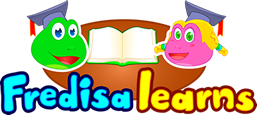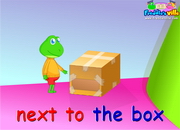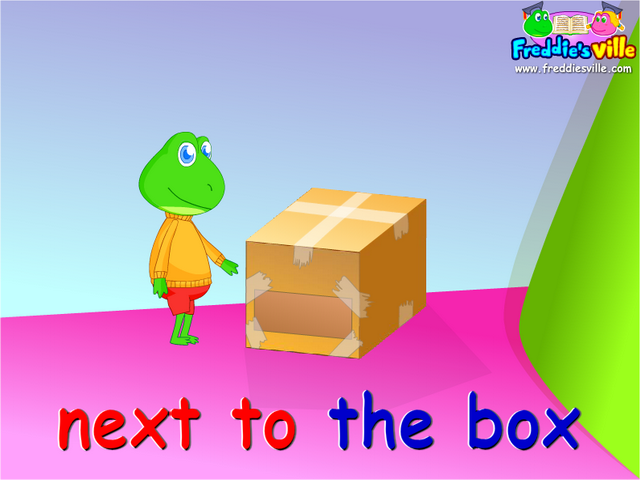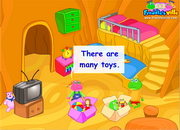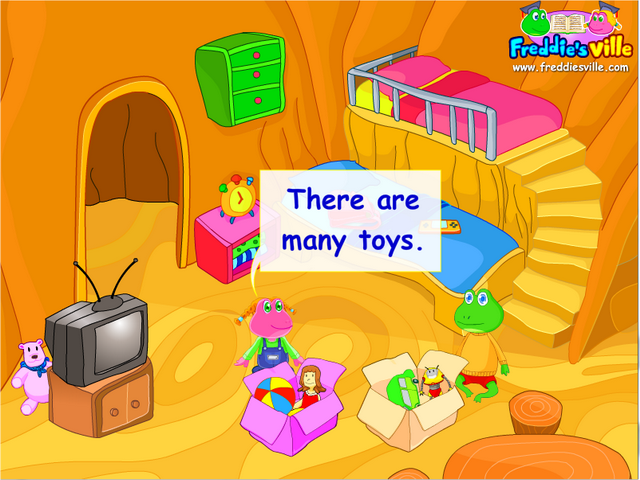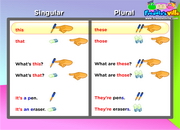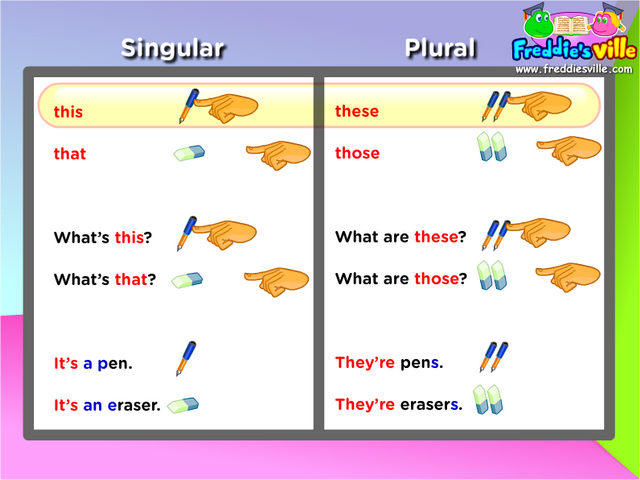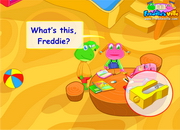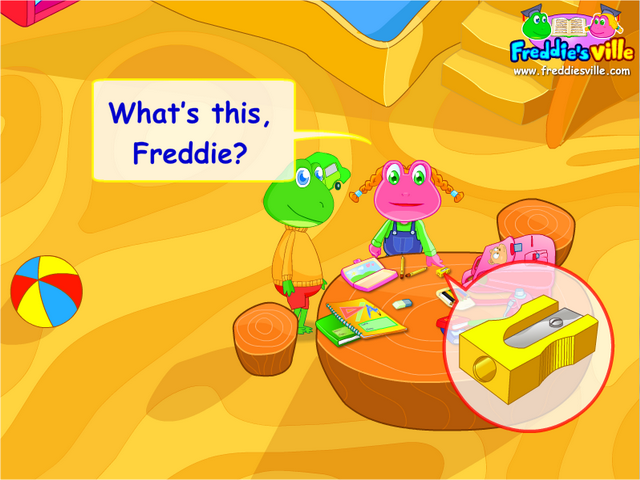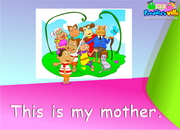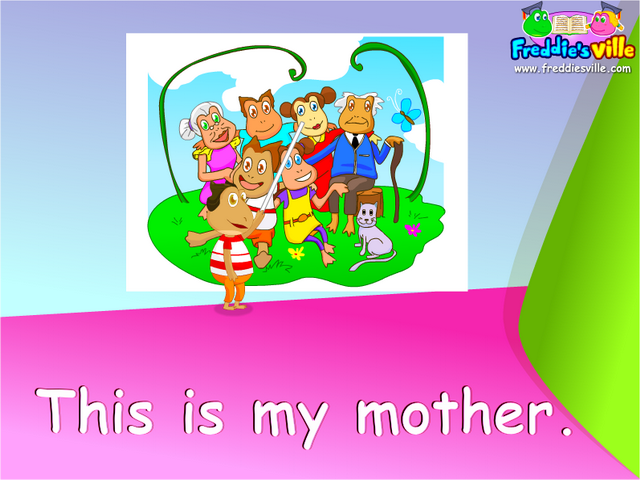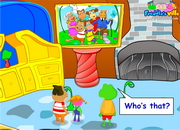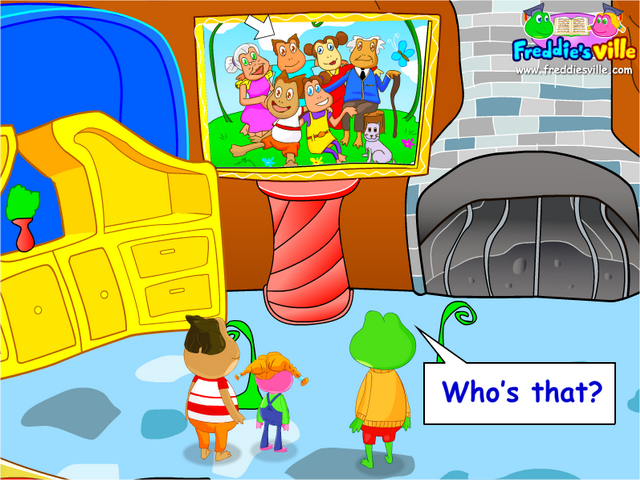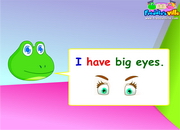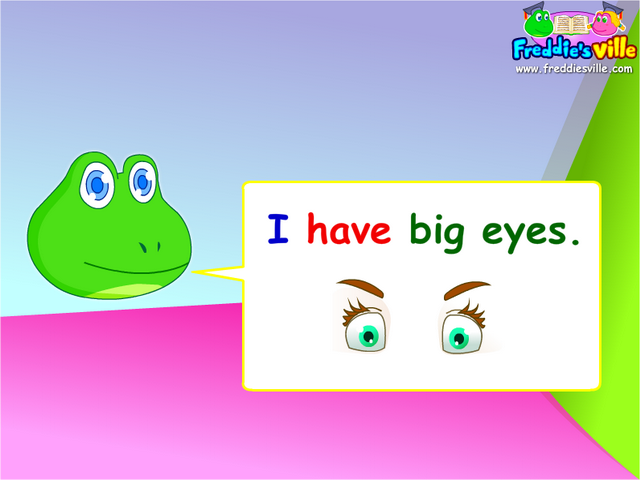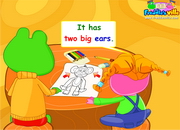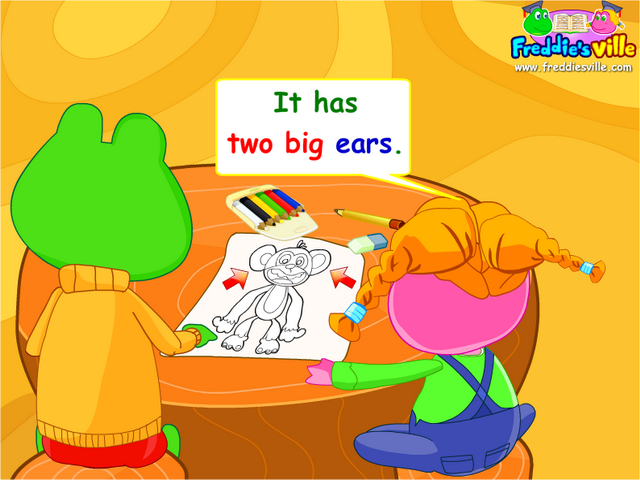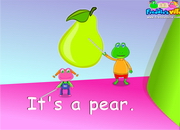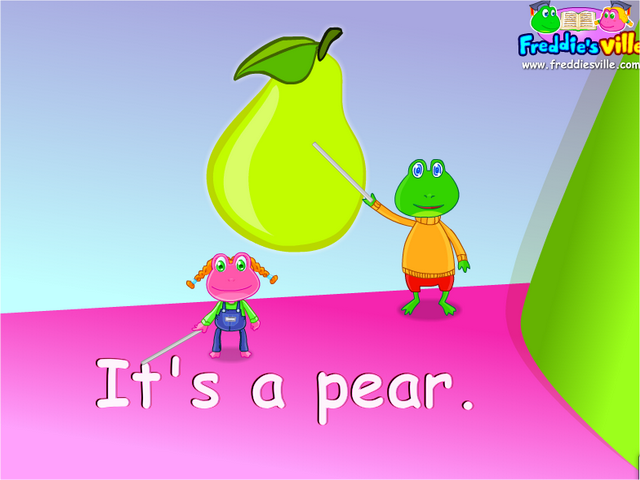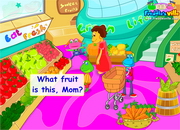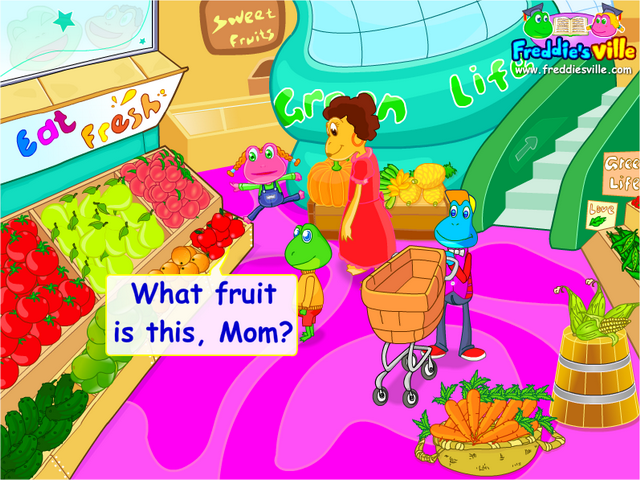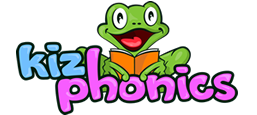Toys, Prepositions of Place Sentences / Words
- Topic: Prepositions of place and toys vocabulary lesson.
- Vocabulary: teddy bear, robot, car, ball, balloon, block
- Grammar: This lesson focuses on the use of prepositions of place (in, on, under, next to, behind) to talk about the locations of things. We will also look at a few new contractions.
Prepositions of Place in Sentences
- in the box
- under the box
- next to the box
- behind the box
- in front of the box
- on the box
Contractions:
- Where's...? / Where is...?
- What's your...? / What is your...?
- No it isn't. / No, it is not.
- I don't like. / I do not like.
This lesson has a related dialogue video. Click here to watch the short dialogue related to this lesson.
